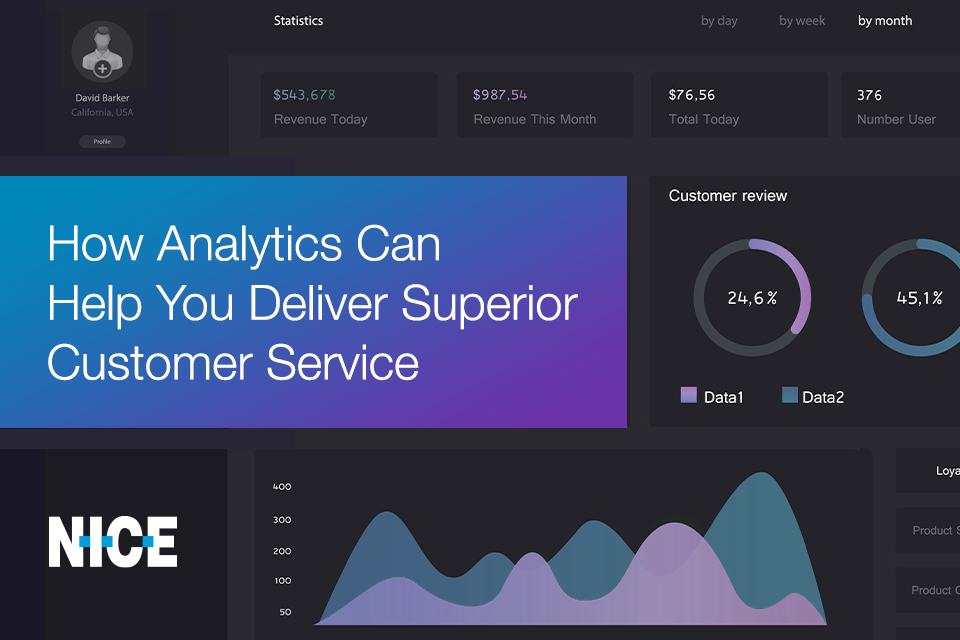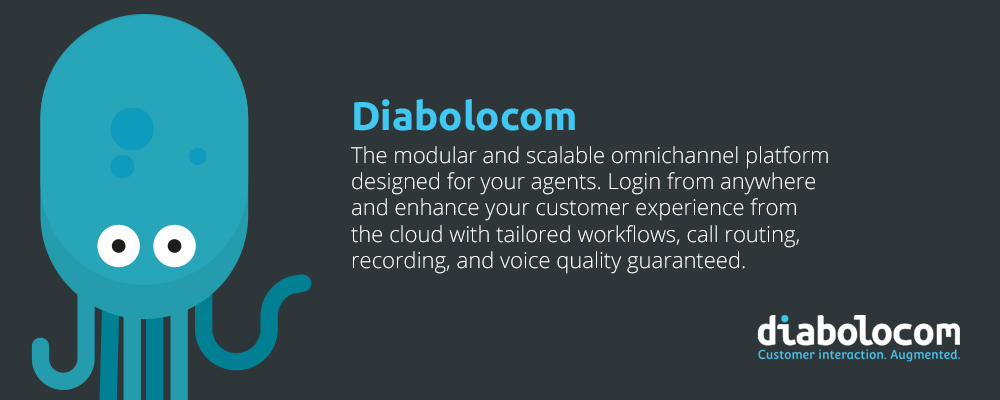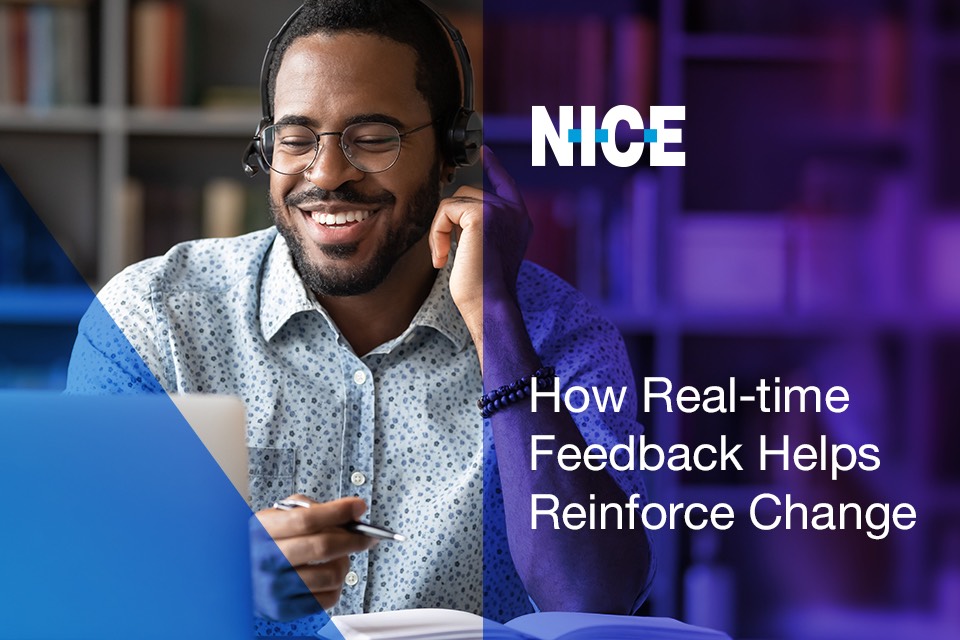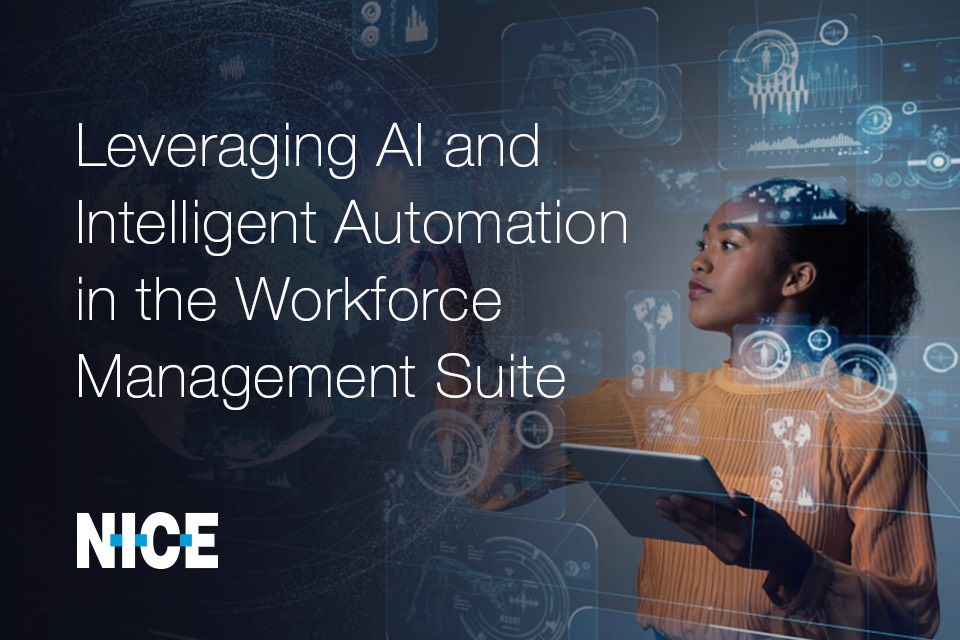WEBINAR REWIND: How AI is delivering a new generation of CX Analytics
https://contactcentresummit.co.uk/wp-content/uploads/2021/07/Talkdesk-Social-FB-LK_1200x628_Live_SpeakersHero_How-AI-is-delivering-a-new-generation-of-CX-analytics@2x.jpg 960 640 Stuart O'Brien Stuart O'Brien https://secure.gravatar.com/avatar/81af0597d5c9bfe2231f1397b411745a?s=96&d=mm&r=gDon’t worry if you missed TalkDesk’s recent webinar – You can now re-watch the entire session online!
Contact centres spend significant resources evaluating agent effectiveness and customer sentiment, but don’t always know if they are capturing the right data, creating the right KPIs and sharing the available analytics to allow them to improve agent and customer metrics. Has your approach to analytics been re-evaluated to take advantage of today’s cloud and AI technology?
In the webinar, Sheila McGee-Smith, President & Principal Analyst at McGee-Smith Analytics, LLC, and Rob Peterson, Head of CX Strategy at Talkdesk, pull back the curtain on the analytics “black box” and introduce a vision to measure technology as a leading indicator of exceptional CX and business outcomes.
Click Here To Watch Again
Talkdesk recognizes the importance of measuring and evaluating your KPIs, to make informed and strategic business decisions. The brand new 2021 Talkdesk KPI benchmarking report analyzes how contact center metrics changed during 2020 compared to 2019 and provides you with insightful tips on how to optimize your contact center and deliver superior CX. Download our KPI benchmarking report here.










